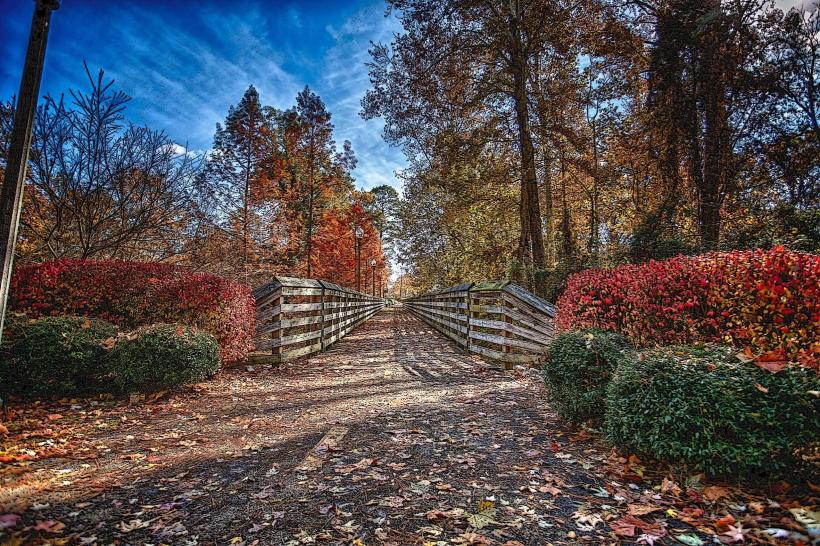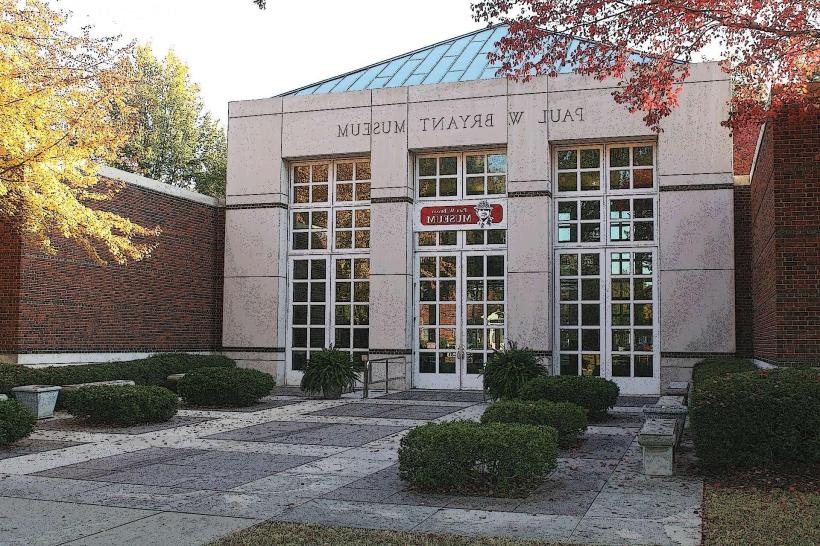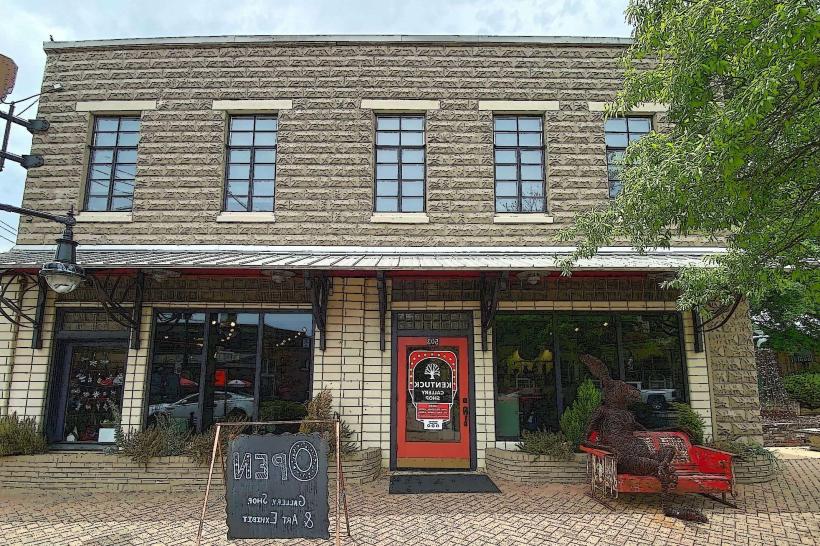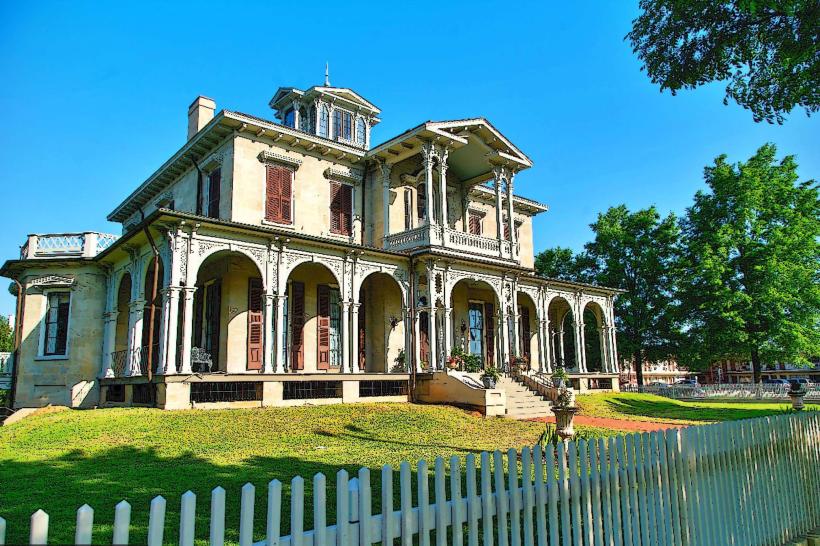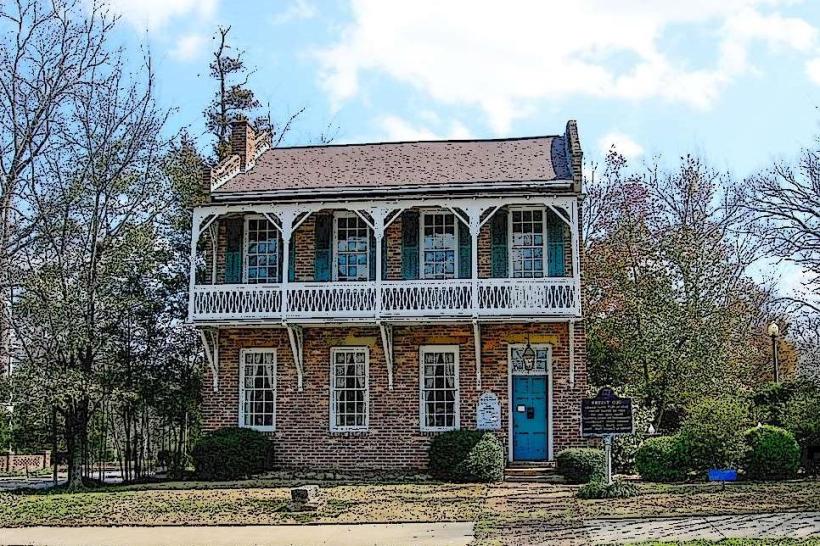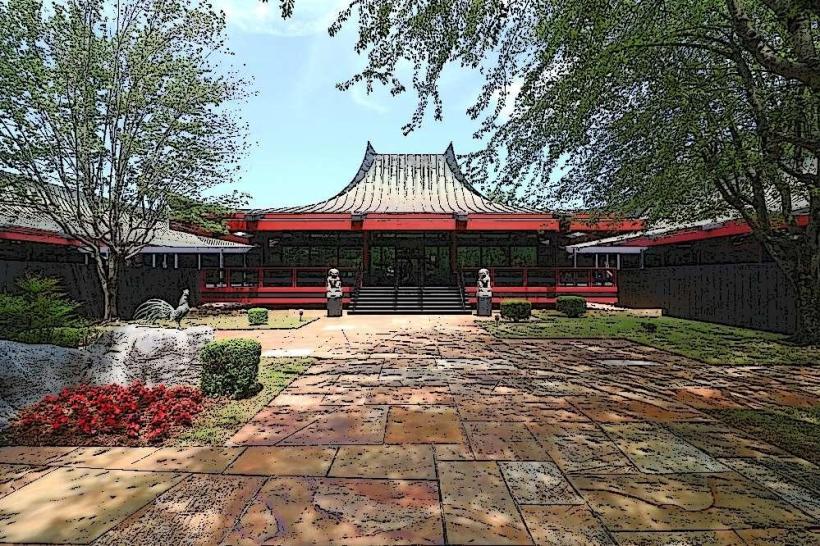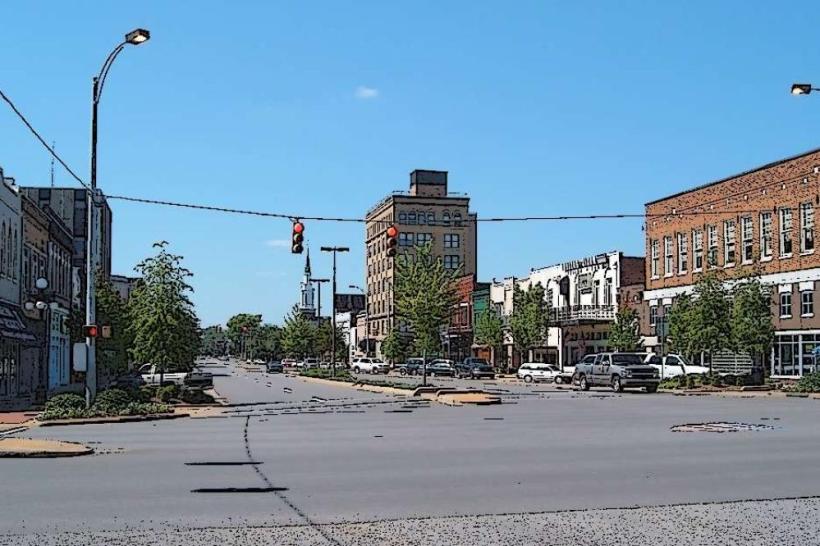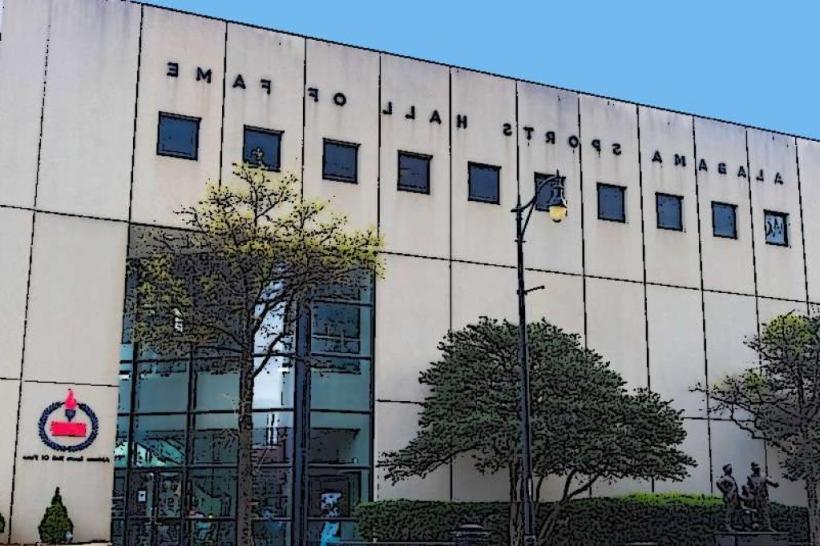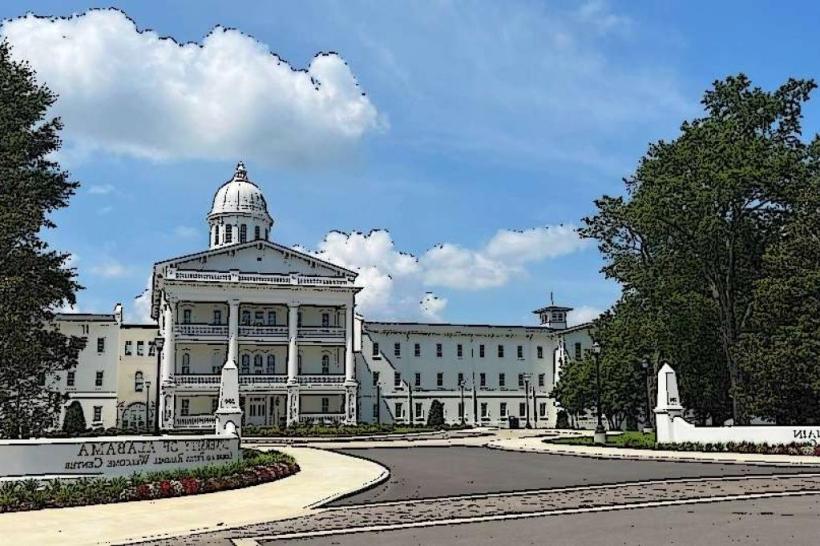Information
Landmark: Gorgas HouseCity: Tuscaloosa
Country: USA Alabama
Continent: North America
Gorgas House, Tuscaloosa, USA Alabama, North America
The Gorgas House is one of the most historically significant buildings on the University of Alabama Campus in Tuscaloosa. It serves as both a museum and a preserved residence, offering insight into early campus life, domestic history, and the legacy of one of the university’s most influential families.
History:
The Gorgas House was built in 1829, just a few years after the founding of the University of Alabama, making it the oldest surviving structure on campus.
Originally designed as a dining hall and steward’s residence, the building later became a faculty residence.
In the late 19th century, it became home to General Josiah Gorgas, a former Confederate general who later served as the university’s president, and his wife Amelia Gayle Gorgas, who left a remarkable legacy as the university’s librarian and postmistress. Their son, William C. Gorgas, achieved international recognition as a physician and U.S. Army Surgeon General for his groundbreaking work controlling mosquito-borne diseases like yellow fever and malaria, particularly during the construction of the Panama Canal.
Architecture:
The Gorgas House is built in the Federal style with elements of Greek Revival, reflecting early 19th-century Southern architecture.
Its two-story brick design is simple yet elegant, with symmetrical facades, columned porches, and period-appropriate interior finishes.
Over the years, it has been carefully preserved and restored, maintaining much of its original character.
The Museum:
Today, the Gorgas House operates as a museum showcasing:
Family Furnishings: Period furniture, personal belongings, and household items connected to the Gorgas family and 19th-century campus life.
Gorgas Legacy: Exhibits detailing the contributions of Josiah, Amelia, and William Gorgas in education, health, and global public health reform.
Campus History: Insight into the early years of the University of Alabama, including the Civil War period when much of the campus was destroyed by Union forces in 1865, leaving the Gorgas House as one of the few surviving structures.
Rotating Exhibits: Occasionally, the museum hosts special displays highlighting Tuscaloosa and university history.
Cultural Significance:
The Gorgas House not only preserves the story of a prominent Southern family but also reflects broader themes of higher education, the Civil War, and the transformation of medicine and public health. Amelia Gorgas, in particular, is celebrated as one of the most influential women in the university’s history, remembered for her decades of service that shaped the institution.
Visitor Experience:
The museum is located near the university’s Quad, making it an accessible stop for students, visitors, and history enthusiasts.
Guided tours are available and provide deeper context about the building’s role on campus and the Gorgas family’s legacy.
The house is furnished with authentic antiques, giving a sense of stepping back into the 19th century.
Visitor Tips:
Plan a visit during regular University of Alabama museum hours, as access may be tied to the academic schedule.
The house is compact, so an hour is usually sufficient for a tour.
Combine a visit with other campus landmarks, such as the Paul W. Bryant Museum, Bryant-Denny Stadium, or the Alabama Museum of Natural History.
The Gorgas House stands as both a historical residence and a symbol of resilience, surviving the Civil War and continuing to tell the intertwined stories of a family, a university, and a state through nearly two centuries of change.

